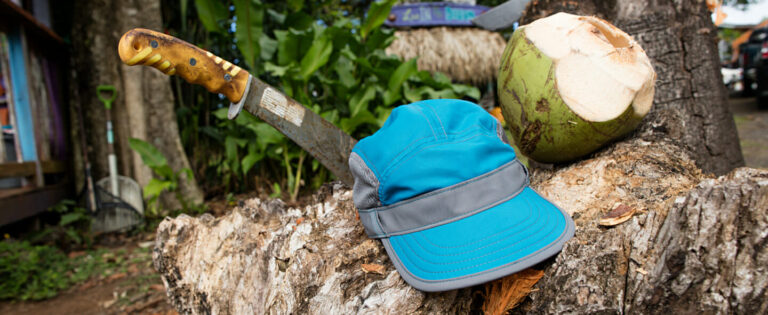They’re the most important tools we have for climbing: our hands. And because they’re so important, it’s crucial that we take good care of them. There are basically no calluses, scrapes, gashes, cracks or blisters a climber isn’t familiar with, and every single one of them is usually quite painful. What can you do to prevent such injuries and what’s the best way to take care of your fingers after a hard day at the crag or your local climbing centre? Well, I’m glad you asked!
What kind of injuries can you get from climbing?

The most common injuries to the hands are probably blisters and tears. But how does does skin actually tear whilst climbing? This has to do with the callosity.
A callus (or callosity) is a toughened area of skin that has become thicker because of repeated friction. This may sound bad at first, but it’s something climbers strive for. Callused skin is stronger and keeps the other layers of skin protected as well.
One downside, however, is that callused skin is less flexible, dries out more quickly because of chalk and tends to fray and rip when not cared for properly. Once a rip is there and it starts bleeding, it pains me to say that it’s time to take a break from climbing. Unfortunately, your skin needs some time to recover and it can’t do that if you keep climbing. The bit where your fingers bend on the inside of your hand is a particularly at-risk area, since calluses are often smashed together because of pressure and movement. These raised areas are particularly likely to rip.
Preventing injuries to your hands

As a general rule, it is important to make sure you have your calluses under control. The best way to do this is to file down the raised bits, like around where your fingers bend, with a file or a rasp. Ripped areas can be filed down as well as long as they aren’t bleeding. Basically, you can do this whenever you feel like it. Just be sure have a piece of sandpaper with you to treat the area in question.
The first signs that you’re getting a blister is a burning sensation and slight redness in the same area. To remedy this, it can be helpful to relieve that area of pressure, meaning stop climbing for a day or two so that your skin gets a break. Blisters can take significantly longer to heel.
Skin care plays an extremely important role in all that. Many manufacturers, such as Climb On, Metolius, Joshua Tree or KletterRetter make lotions designed specifically for climbers to give them just the right amount of moisture and/or oil to keep them smooth.

You can also prevent injuries to your hands by using proper gripping technique. This means: always try to position your hand on the hold so that your actively holding it and not just hoping for enough friction.
What to do when it happens
It’s hard to keep a cool head in the heat of battle, but it’s even harder to give up at the crux just because you feel like you’re getting a blister or your hands are getting a bit torn up.
So, even despite your best efforts to prevent blisters and skin rips, you can still get skin injuries. However, when you tend to your battle wounds, it’s important to be patient and treat them according to what type of wound it is.
- Blisters: If you get a blister, let it heal without popping it. Yes, you heard correctly! You shouldn’t pop it because the sensitive layer of skin underneath could get infected. If the blister’s already popped, you need to disinfect it and put a plaster on it.
- Rips and cuts: Regardless of whether your callus rips off or you cut your hand on a needle-sharp hold, it can get bloody and the best thing to do is to just stop climbing for a bit. Why? Well, every time you put more pressure or strain on the affected area, it will tear more and take longer to heal as a result. If you simply can’t go without climbing, you can use some strong tape to keep the wound together. But before doing this, do make sure to clean and disinfect it, if at all possible.
- Punctures: These usually occur on sharp holds as a result of too much pressured being applied to your hand. These wounds are usually easy to treat. Clean, disinfect and tape it up and keep on climbing. It’s pretty unlikely they’ll rip open again.
Whatever injury you’ve sustained, it’s probably a good idea to take a break, especially when it comes to deep gashes, since they can take a while to fully heal. Besides, if you start climbing again too soon, there’s always the risk of them ripping open again.
The proper treatment

The first thing you do after a hard climbing session is go to the sink. Well, ok. Maybe a beer, tea or coffee first, but then go straight to the sink and wash off all that chalk. Why? Well, the chalk causes your skin to dry out. After removing all the chalk, moisturise your hands with some rich lotion.
If you tend to sweat a lot, you won’t need as much lotion. Instead, make sure your hands are dry before you start climbing because the sweat will make your hands soft, which in turn makes them more prone to injuries.
Now, if you haven’t already today, go out and climb!




